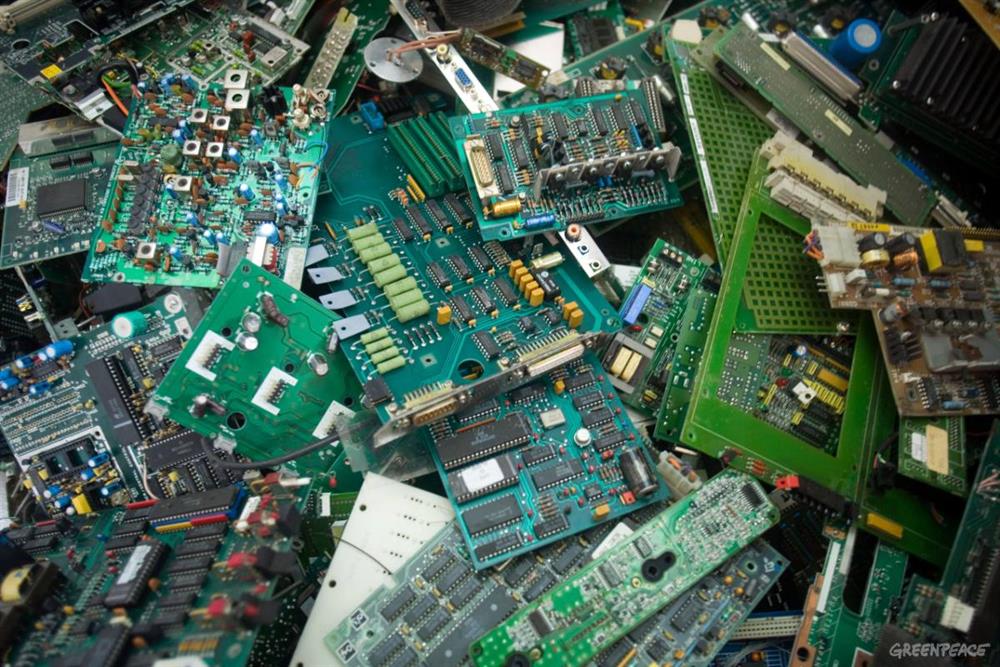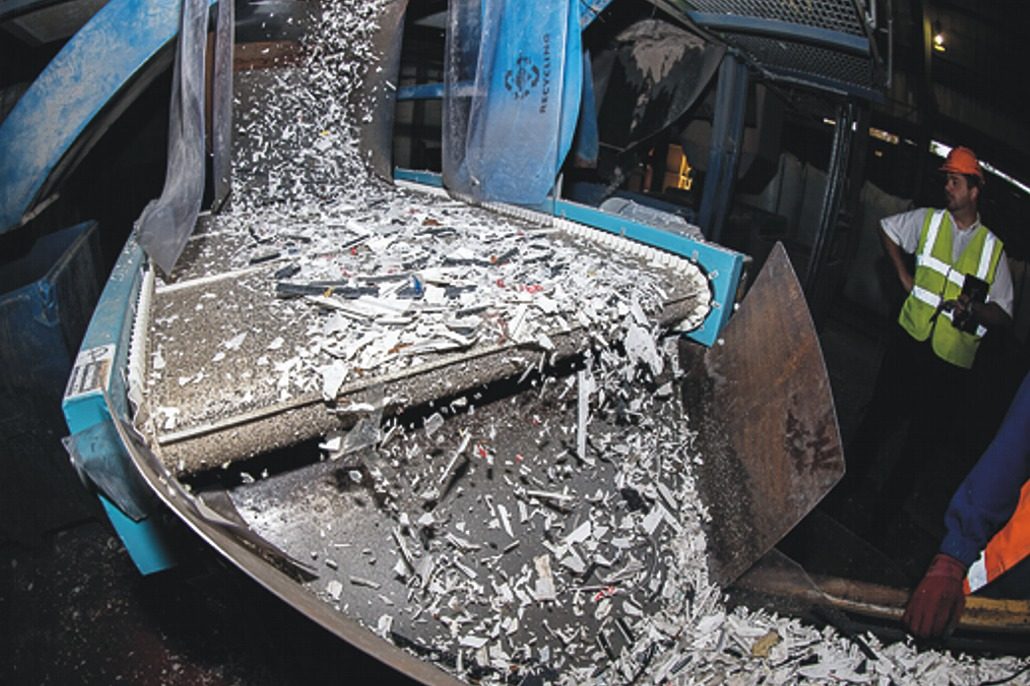Combatting E-waste in our Consumerist Age

Consumerism means E-waste
As technology and the digital age has become ever so popular and commonplace in today’s world, e-waste is becoming a serious issue and we might not even know it. Electric waste can be in the form of TV’s, printers, phones, laptops, DVD players and many other types of devices that have been discarded or trashed. In 2021, about 57 million tons of electronic waste was generated globally. The EPA finds that only 15 - 20% of e-waste is recycled. Many experts find that e-waste growth can be expected to continually increase by around 4% each year.
Impacts of E-waste
There are many reasons why e-waste presents a serious issue to our planet and is a roadblock to fighting climate change. The burning of e-waste causes air pollution through the release of hydrocarbons which is currently threatening ecosystems. The breaking down of e-waste can release toxic heavy metals such as lead and arsenic which can negatively affect soil as plants and trees can be altered to negatively impact human health through consumption of plants, fruits, foods etc. Additionally, heavy metals released from e-waste can pollute bodies of water including streams and small ponds. However, as technology can present us problems, technology can also give us solutions.
Magnetic Separation Technology
In order to make e-waste recycling more efficient, companies are using magnetic sorting to separate magnetic materials from non-magnetic materials. Premier Plus, a company who utilized automatic shredding and sorting circuit processes, saw a 300% increase in processing capacity of e-waste. Magnetic separation technology can allow for easy separation of particles that have low magnetic properties. Using this technology can significantly make e-waste recycling more efficient.

Dissolvable Devices
Another innovation that can help reduce the impacts of e-waste are dissolvable circuit boards and batteries. Making these devices dissolvable can reduce the harm it can inflict in bodies of water, landfills etc. as it can simply dissolve and no longer be of existence. This innovation was formulated by researchers at The University of Illinois where they created silicon circuit boards designed to be dissolved. Furthering this research and implementing it on a wide scale in the coming future can greatly reduce the harmful impacts of e-waste on our environment.

Universal Charger?
Recently this June, the EU proposed a mandate which “will require all new portable devices like smartphones, earbuds and wireless keyboards to use a common charger by 2024.” This is a major step in fighting against the e-waste crisis and will curb the amount of devices being thrown out simply due to the charging cable. This innovation is allowing the USB-C charger to emerge as the “Universal” charger for all types of devices including Apple and Microsoft. Having a common charging cable will allow people to use many types of devices whether it’s Apple or Android to charge and will make it so that purchasing new chargers is not necessary. Through these innovations, the negative effects of e-waste can be reversed and help fight against climate change.


